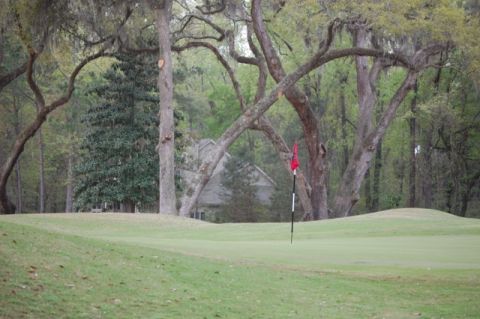We are not big fans of best places to live rankings, especially those that are the results of fan voting. Call us a bit orthodox, but we think Major League Baseball ruined its All-Star game by giving fans the vote. When talent is involved, the voting should not be a popularity contest.
So it is at the popular web site, TopRetirements.com, which has
"Most popular" and "best" are two different concepts that one web site confuses.
published its list of the top 100 retirement places (towns) for 2013. The list ranks towns by the number of visits to their respective pages on the web site. We think the site confuses the term “best” with what should be “most popular,” and we can envision cynically that the employees of the city of Asheville, NC, for example, are spending their downtime visiting TopRetirements’ Asheville page.
Topping the TopRetirements list is, indeed, Asheville, that western North Carolina town that some compare to San Francisco (the two share hills and a progressive vibe). We like Asheville and its range of golf communities that spans the semi-private Reems Creek and its British-style designed hilly layout to Mountain Air, a unique upscale golf community with a mountaintop Scott Poole golf course that is bisected by an airstrip. Attention golfer pilots: You won’t do better.
Frankly, though, we prefer Greenville, SC to Asheville for the former’s less pretentious sophistication and an even wider variety of golf communities. TopRetirements visitors apparently don’t think much of Greenville, since it did not make the top 100 list, but a couple of the golf community courses in the area are contenders for top 10 in the golf happy state of South Carolina. Prime among them is The Chanticleer golf course, one half of Greenville Country Club’s layout, which is impeccably conditioned, carefully sculpted and landscaped and the toughest challenge in town. Just outside Greenville, the Cliffs Communities layouts at Glassy, Cliffs Valley and, later this year, Mountain Park may not be quite as tough as Chanticleer but they are every bit as impeccably groomed. Cliffs members are especially anxious for the Gary Player designed Mountain Park to open, finally.

There are few better conditioned, better laid out or more challenging golf courses in the state of South Carolina than The Chanticleer 18 at Greenville Country Club. A chanticleer is a rooster, and this one has much to crow about.
Number 2 on the TopRetirements list is Sarasota (we consider Bradenton part of the Sarasota metro area), which was a pleasant surprise to us during an August visit last year. (Yes, it was hot in August, but the outdoor cafes in St. Armand’s, a charming Gulf beach town, helped cool us down.) We knew the art scene in Sarasota is topnotch, including the famed Ringling Museum, but downtown Sarasota at night was a revelation, with young and older vibrant crowds spilling out onto the sidewalks from the city’s restaurants and bars. If it’s this way in August, it must be quite the scene during peak season. From the courses in Lakewood Ranch, a sprawling community big enough to have its own postal address and with a wide range of home styles and prices, to the high rises on Longboat Key, with soothing views of the Gulf, Sarasota presents much more than nightlife to retiree and vacationer alike.
We were pleased, and perhaps a bit surprised, that Beaufort, SC, weighed in at #6 on the list. The area has a few excellent golf communities that we assumed were less than discovered, but Beaufort’s Low Country charm should not be easy to hide. The ultra-high-end Spring Island community, with the recently renovated Old Tabby Links, one of the best courses in the state, shares an entrance and guard gate with Callawassie Island and its 27 holes of Tom Fazio golf. Spring Island will appeal especially to those looking for understated luxury and privacy; the well-established Callawassie feels more like a neighborhood, with single-family home prices that begin just under $200,000 and rise to just under $1 million.
Other southeastern metro-markets in TopRetirements’ top 20 include Naples and Ft. Myers, FL, #7 & 8 respectively; Paris, TN (12); Fairhope, AL (13); Charlottesville, VA (16); Clearwater, FL (17); Charleston, SC (18); and Orlando, FL (20). Myrtle Beach, SC finished in 21st place and Chapel Hill, NC, one of our favorite college towns, at #25.
For the full Top 100 list, check out Top Retirements' Best Places to Live for 2013.

Tom Fazio's layout at Callawassie Island takes full advantage of the surrounding marshland and hundreds year old live oaks.

























